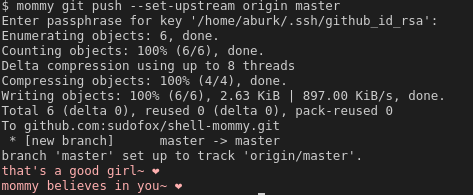

There are a few apps that I think fit this use case really well.
Languagetool is a spelling and grammer checker that has a server client model. Libreoffice now has built in languagetool integration, where it can acess a server of your choosing. I make it access the server I run locally, since archlinux packages languagetool.
Another is stirling-pdf. This is a really good pdf manipulation program that people like, that comes as a server with a web interface.










The cloud, and any form of managed database, inverts this. User accounts are extremely easy, as they are automatically provisioned with secrets you can easily rotate, along with the database itself. There is less of a worry about user rights as well, as you can dedicate one “instance” of a database to certain types of data, instead of having more than one database within one instance.
And then, traffic is commonly going to be routed through untrusted networks, hence the desire for encryption in transit.